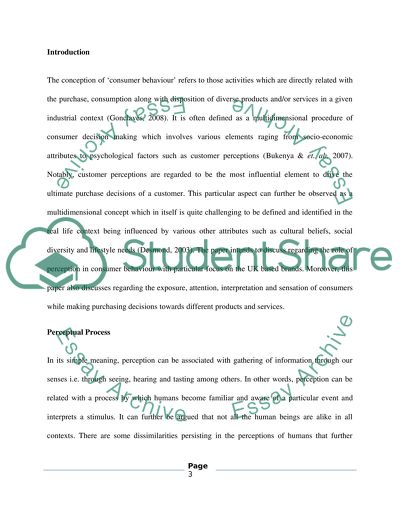Cite this document
(“Critically analyse the role of Perception in Consumer Behaviour Essay”, n.d.)
Retrieved from https://studentshare.org/marketing/1468288-critically-analyse-the-role-of-perception-in
Retrieved from https://studentshare.org/marketing/1468288-critically-analyse-the-role-of-perception-in
(Critically Analyse the Role of Perception in Consumer Behaviour Essay)
https://studentshare.org/marketing/1468288-critically-analyse-the-role-of-perception-in.
https://studentshare.org/marketing/1468288-critically-analyse-the-role-of-perception-in.
“Critically Analyse the Role of Perception in Consumer Behaviour Essay”, n.d. https://studentshare.org/marketing/1468288-critically-analyse-the-role-of-perception-in.


